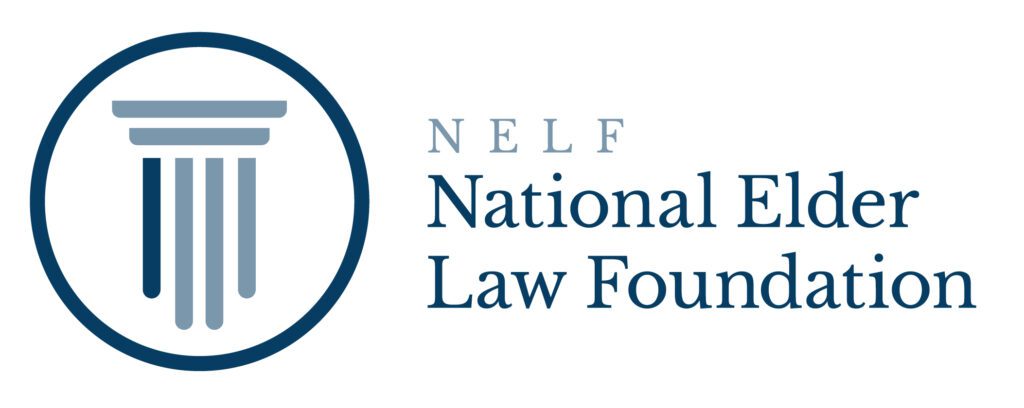Medicare is the vital healthcare program that covers most older Americans. It’s a complicated program. This article will take a look at one of its components – Medicare Part B and Part B’s premiums.
Medicare Overview
Medicare is the federal health insurance program that covers people 65 and older and some younger adults with permanent disabilities and certain medical conditions. When Medicare was established in 1965 about half of American seniors had no health insurance. Today, virtually all Americans over age 65 have at least some health coverage through Medicare.
Medicare does not cover all health care services. For example, Medicare generally does not pay for long-term care services, regular eye exams and eyeglasses, hearing aids, or routine dental care.
Medicare coverage is divided into four parts – Part A, Part B, Part C (Medicare Advantage), and Part D.
Part A (Hospital Insurance) covers inpatient hospital care, some limited skilled nursing facility stays, home health care, and hospice care.
Part B covers physician services, outpatient hospital care, and some home health visits. It also covers laboratory and diagnostic tests, such as X-rays and blood work; durable medical equipment, such as wheelchairs and walkers; certain preventive services and screening tests, such as mammograms and prostate cancer screenings; outpatient physical, speech and occupational therapy; outpatient mental health care; and ambulance services.
Part D is prescription drug coverage.
Part C (Medicare Advantage) allows beneficiaries to choose to receive their Part A, B, and D services through a private managed care insurance plan rather than original Medicare.
Medicare Part B Premiums and Deductible
Part B generally pays 80% of the approved amount for covered services in excess of the annual deductible ($198 in 2020 and $203 in 2021). The beneficiary is liable for the remaining 20%. Many beneficiaries purchase a Medicare Supplement (Medigap) policy to cover that exposed 20%.
Part B coverage is not free. You pay a premium each month for your Part B coverage. If you get Social Security, Railroad Retirement Board, or Office of Personnel Management benefits, your Part B premium is deducted from your benefit payment. If you don’t get these benefit payments, you’ll get a bill.
The Centers for Medicare and Medicaid Services (CMS) has recently announced that the standard monthly Part B premium for 2021 will be $148.50. This is an increase of $3.90 over the 2020 amount. Some beneficiaries will pay substantially more while those with low incomes and limited resources can get help paying the premiums through several Medicare Savings Programs.
Your monthly Part B premium will be increased if you are subject to penalty for late enrollment or reenrollment. Premiums are also increased for individuals and couples with higher incomes. This is referred to as your Income Related Monthly Adjustment Amount (IRMAA). The Government uses the taxpayer’s two-year prior (2019 for 2021 premiums) federal income tax return to determine if they are subject to an IRMAA premium adjustment. The calculation is based on your adjusted gross income plus tax-exempt interest income. This is referred to as your modified adjusted gross income (MAGI). These high income-related monthly adjustment amounts affect less than ten percent of people with Medicare Part B. The 2021 total Part B premiums for high-income beneficiaries are shown in the following table:
| If your MAGI income in 2019 was (you will pay in 2021) | You pay each month (in 2021) | ||
| File as Single on tax return | File joint tax return | File married separate tax return | |
| $88,000 or less | $176,000 or less | $88,000 or less | $148.50 |
| above $88,000 up to $111,000 | above $176,000 up to $222,000 | Not applicable | $207.90 |
| above $111,000 up to $138,000 | above $222,000 up to $276,000 | Not applicable | $297.00 |
| above $138,000 up to $165,000 | above $276,000 up to $330,000 | Not applicable | $386.10 |
| above $165,000 up to | above $330,000 up to | above $88,000 up to | $475.20 |
$500,000 $750,000 $412,000
$500,000 and above $750,000 and above $412,000 and above $504.90
Filing Single rates also apply to Head of Household and Qualifying Widow filings.
Special rules may apply to lower your IRMAA premium in some situations where your income has come down due to changed circumstances. Click here for more information.
Note: If you have joined a Medicare Advantage Part C Plan, you still have Medicare. You’ll get your Medicare Part A (Hospital Insurance) and Medicare Part B (Medical Insurance), and perhaps Medicare Part D (Drug) coverage from the Medicare Advantage Plan and not Original Medicare. Medicare Advantage Plans have different rules and charge different out-of-pocket costs for their enrollees. The premiums charged by Medicare Advantage plans may be substantially lower than with Original Medicare. Those rules and costs change each year. Even if you enroll in a Medicare Advantage plan, you are still subject to the Medicare Part B premium plus any IRMAA surcharge.
Higher income Medicare beneficiaries with Part D coverage will have their premiums increased based upon IRMAA adjustments. Beneficiaries should have received a statement from the Social Security Administration in late November which shows their IRMAA adjustments.
Related Links:
CMS Fact Sheet – 2021 Medicare Parts A & B Premiums and Deductibles
Medicare and You Handbook – 2021




